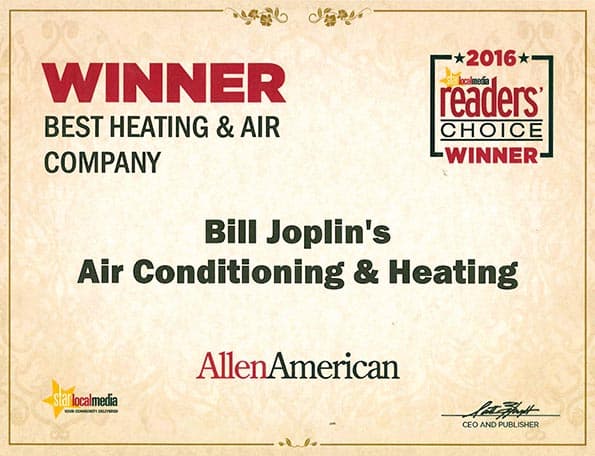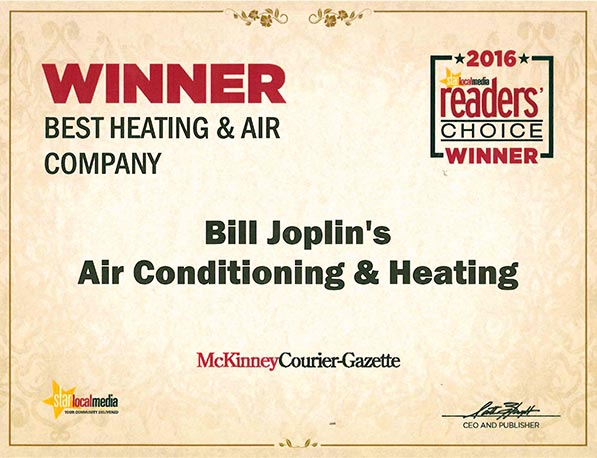If you’re planning to make a space in your home livable that doesn’t have access to your home’s forced-air heating system, your options for heating it include a portable heater or ductless heating. Both have distinct benefits, but if it’s a space you plan to use year-round you might consider going ductless.
These systems are known as ductless mini-split systems and are heat pumps that don’t use any ducts to deliver heated air for your space. A ductless mini-split heat pump works by extracting the heat from the outdoor air and bringing it inside. It has a reversing valve, so not only do you get heat in the winter, it’ll cool in the summer. Systems components include an air handler, outdoor condenser and a conduit that connects the two.
The energy efficiency of a heat pump is considerably higher than a portable heater, especially one that uses electric resistance heating. The coefficient of performance (COP) is the measure of how much heat is produced from one watt of electricity. A ductless mini split can have a COP of 3 or more, while electric heaters have a COP of just 1, which means it can only produce one unit of heat for each watt it uses.
Other kinds of portable heaters include unvented heaters that use gas or kerosene as the fuel. While these are considered safe because they burn almost all the fuel they use, they still emit small amounts of exhaust gases and rely on an oxygen sensor to shut them off when the oxygen level drops to an unsafe level. Ductless heating uses electricity, which has no hazardous emissions and presents no fire risk.
The best portable heater for the home, in terms of safety, is a radiant oil heater. They don’t get hot enough to burn anything that comes into contact with them, including draperies, toys, paper and other items. They are quiet and have the same safety features other resistance heaters have.
For more information about ductless heating versus a portable heater, contact Bill Joplin’s Air Conditioning & Heating, providing HVAC services in Frisco, Allen and McKinney.




